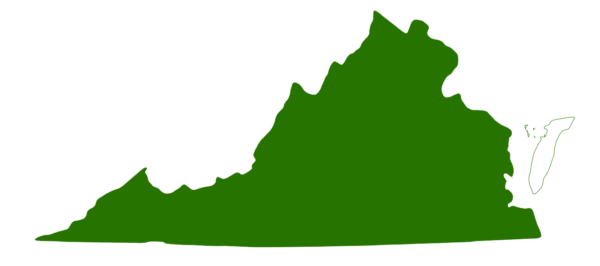Fact File
Scientific Name: Sternotherus odoratus
Classification: Reptilia, Order Testudines, Family Kinosternidae
Size: Up to 2.25 inches in length
Identifying Characteristics
This species is a small, freshwater aquatic turtle with an oval, high-domed carapace and a large head that usually has two yellowish stripes on each side. The plastron (lower shell) is relatively small with a marbled “fleshy” appearance between the scutes, and has a single inconspicuous and poorly-developed hinge situated between the second and third pairs of scutes (scales). There are barbels on both the chin and throat and the carapace (upper shell) length is 3-5.5 inches. The carapace is smooth, varying in color from olive-brown to almost black, and is sometimes streaked or spotted with dark markings. Old individuals have head stripes that are less apparent and a carapace that is more elongate. The young are black with light markings on the marginal scutes, and a plastron marbled with black and gray or cream. The eggs are white, elliptical, and vary in size and shape, averaging 3/4 inch by 1 inch, with a thick, brittle shell resistant to desiccation. The breeding season occurs in late May. Males have notably large bulbous tails as shown in the photo to the right (male on left, female on right). This species is a weak swimmer that is often seen crawling on mud in quiet water. It seldom leaves the water except to lay eggs. It will hiss, open the mouth threateningly, and often bite when captured.
Habitat
Except on the lower Eastern Shore, this is a common turtle found throughout Virginia. They inhabit a wide variety of freshwater habitats, including swamps, ponds, lakes and streams
Distribution:
This turtle is believed to occur statewide, with the exception of the Eastern Shore below the upper third of Accomack County. This species is rarely found far from water. It inhabits ponds, lakes, swamps, ditches, streams, and rivers. It is not found in brackish water because it cannot tolerate salt water. This species also prefers waterbodies that have organic substrates and vegetation.

Last updated: March 10, 2024
The Virginia Department of Wildlife Resources Species Profile Database serves as a repository of information for Virginia’s fish and wildlife species. The database is managed and curated by the Wildlife Information and Environmental Services (WIES) program. Species profile data, distribution information, and photography is generated by the Virginia Department of Wildlife Resources, State and Federal agencies, Collection Permittees, and other trusted partners. This product is not suitable for legal, engineering, or surveying use. The Virginia Department of Wildlife Resources does not accept responsibility for any missing data, inaccuracies, or other errors which may exist. In accordance with the terms of service for this product, you agree to this disclaimer.

